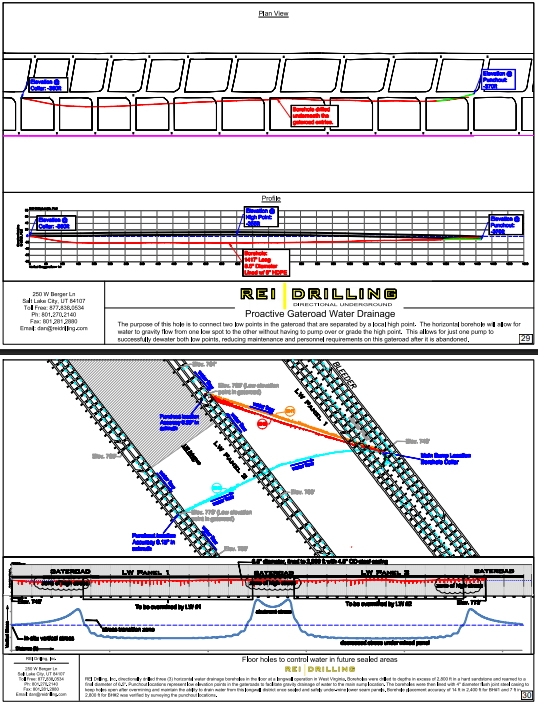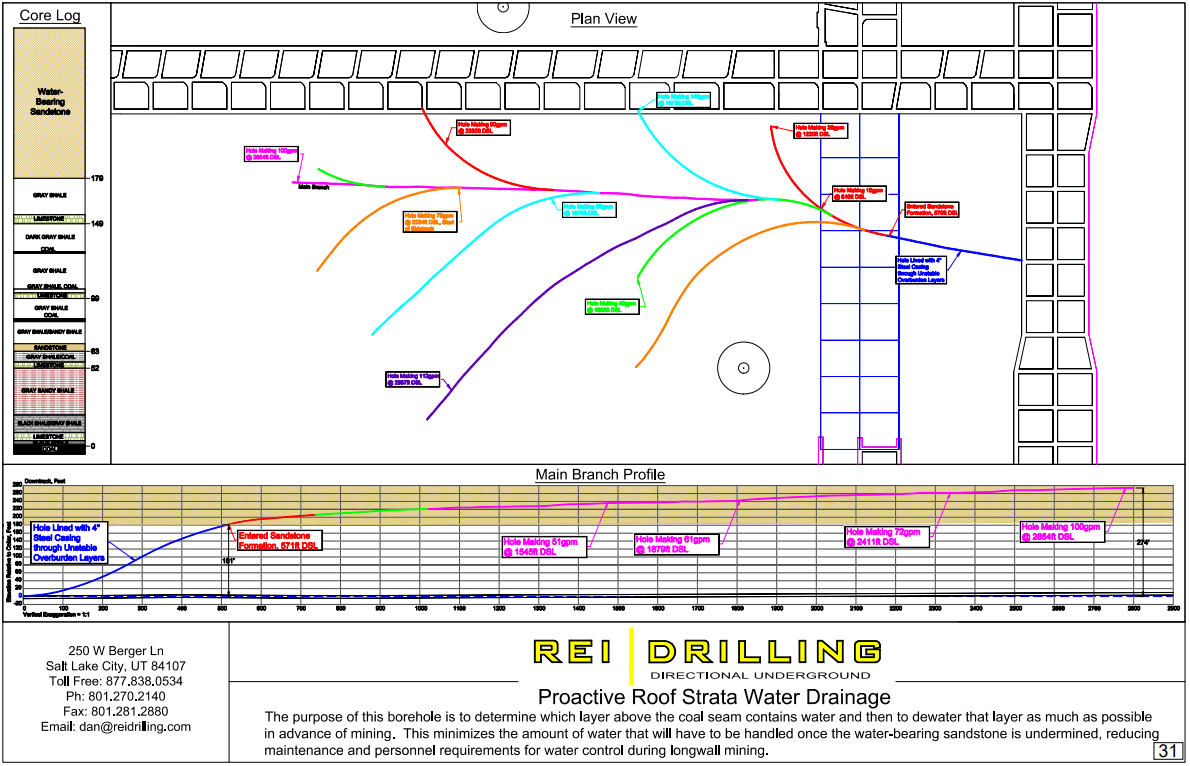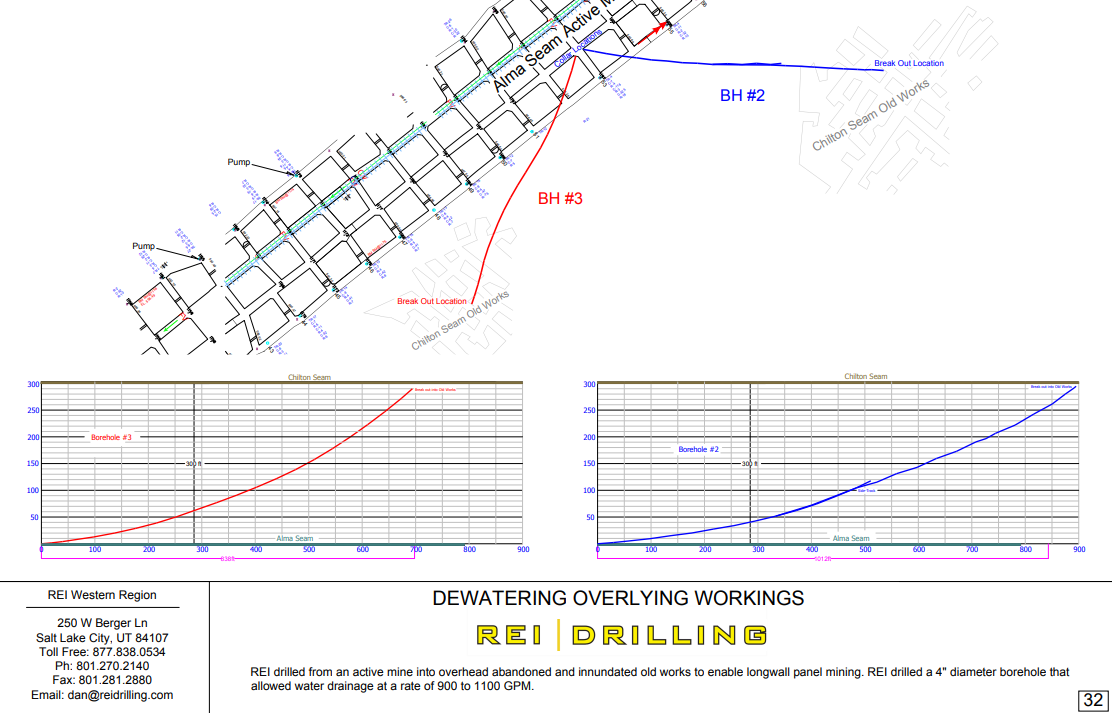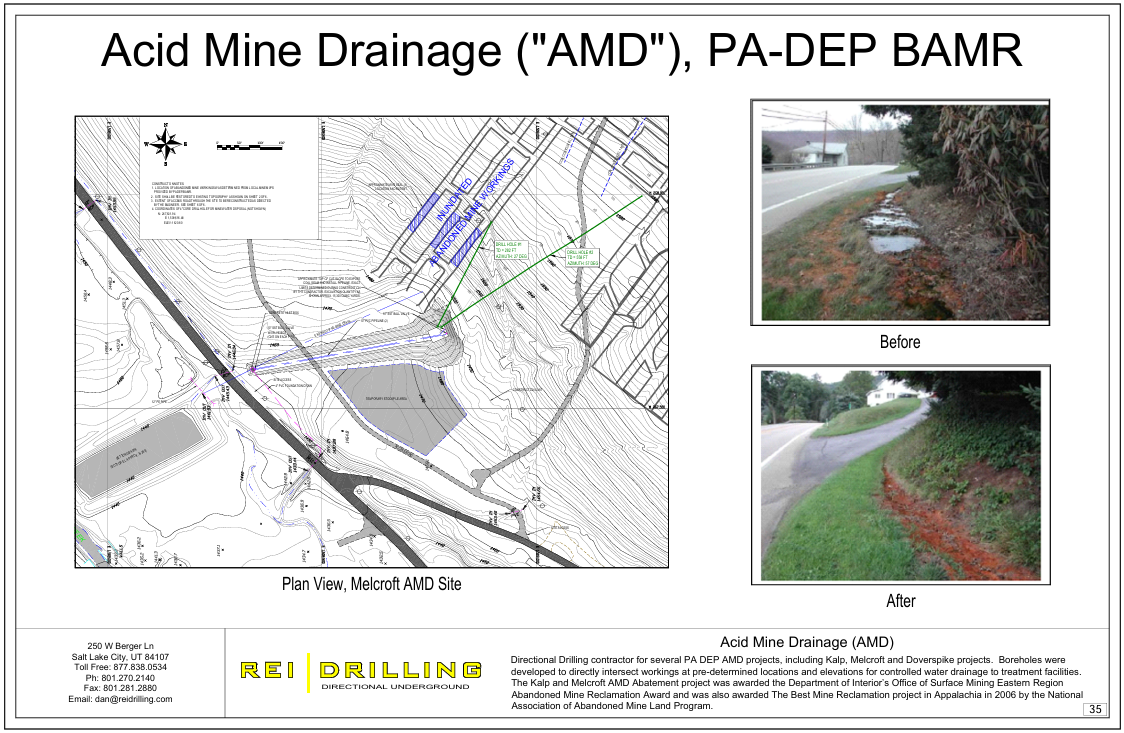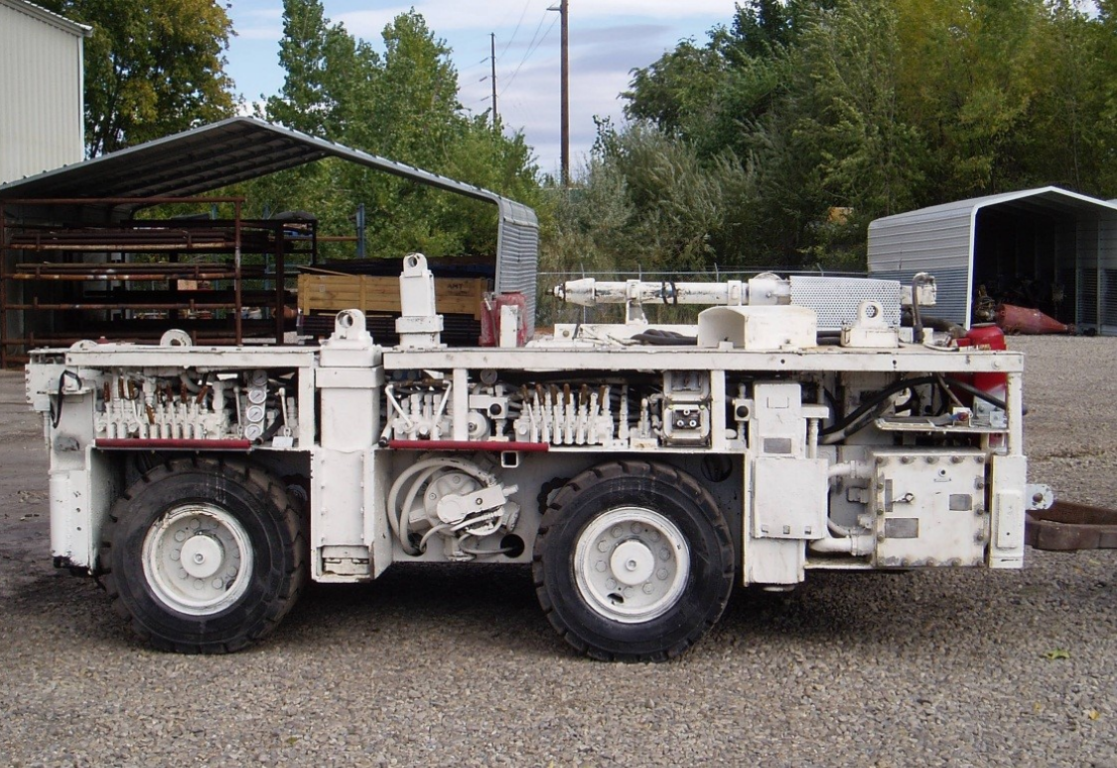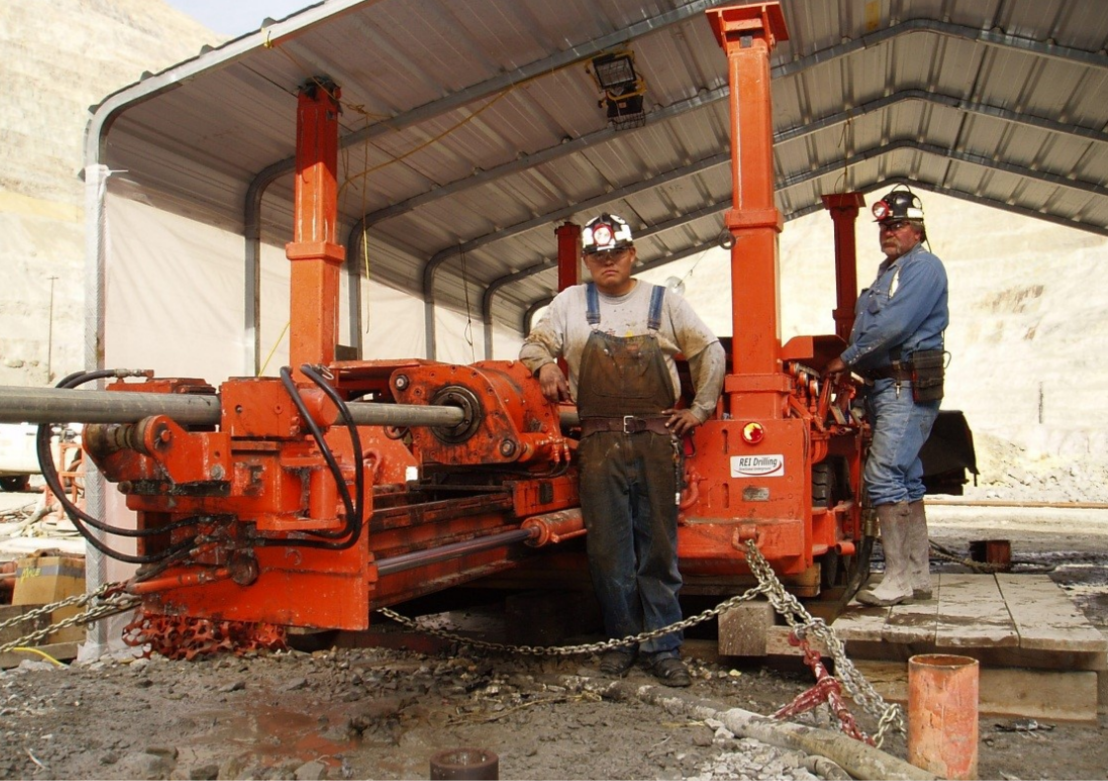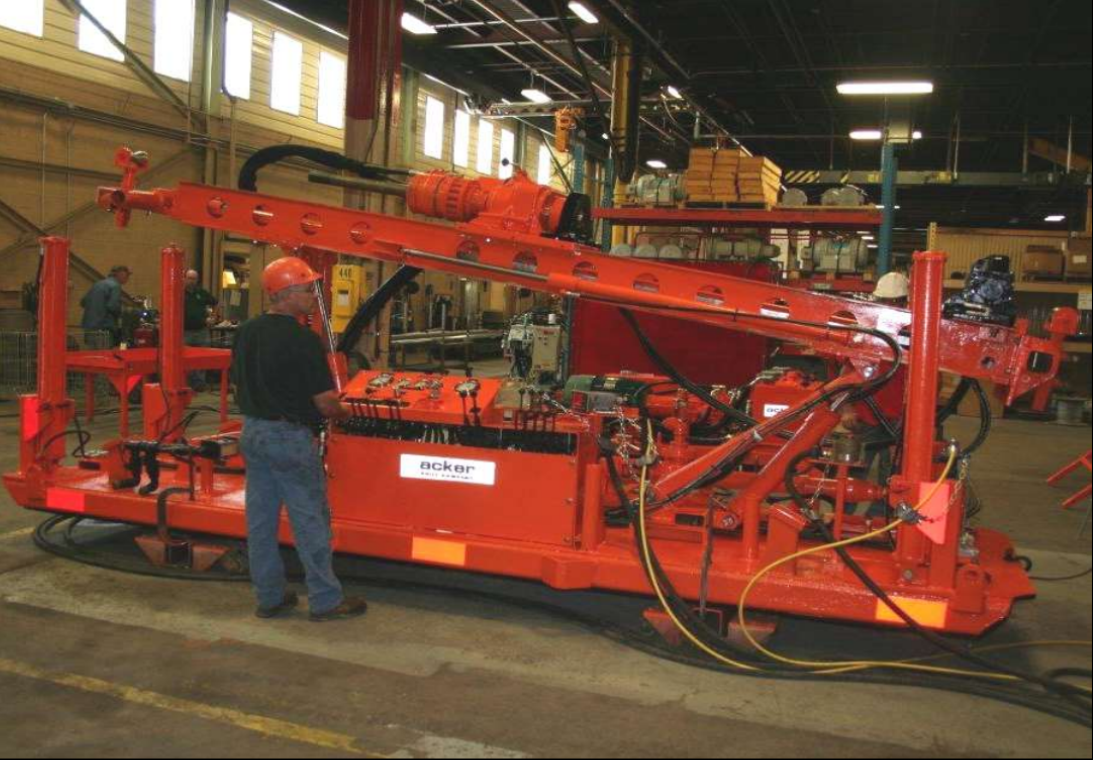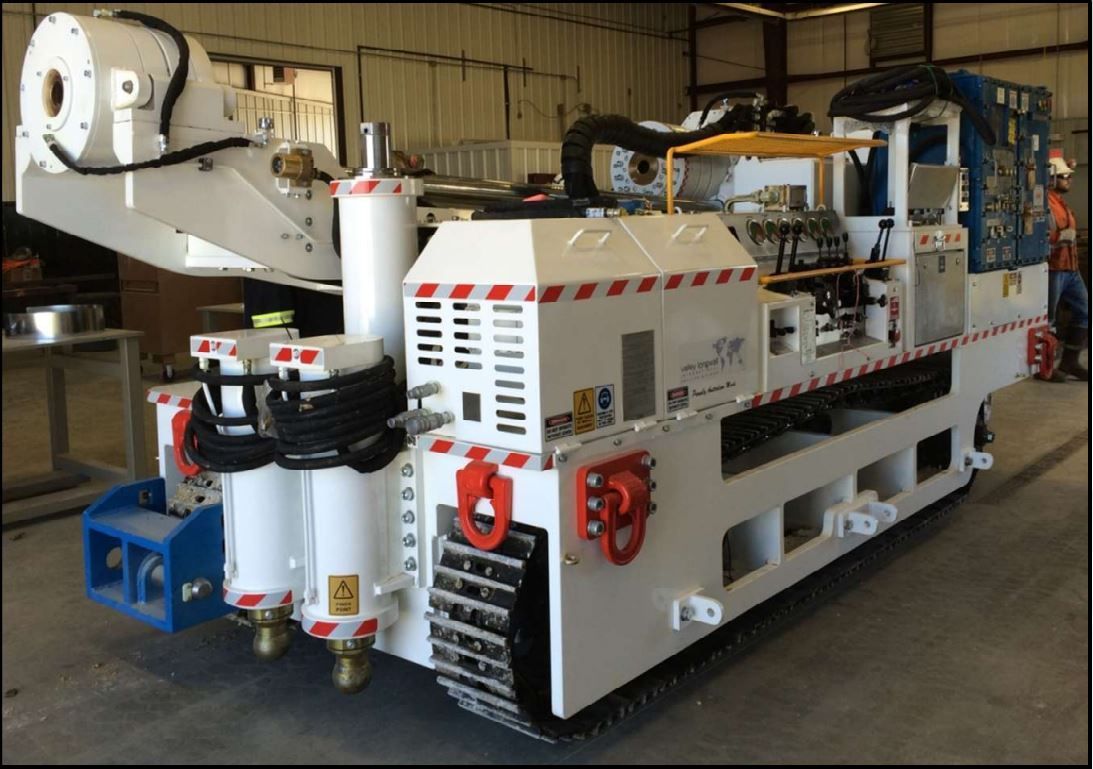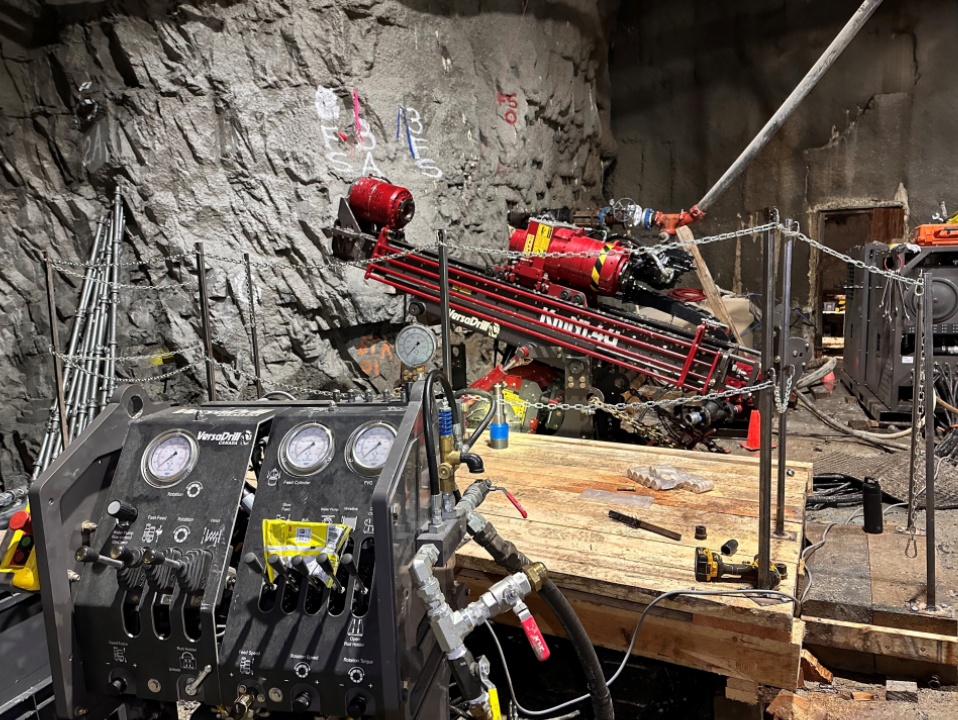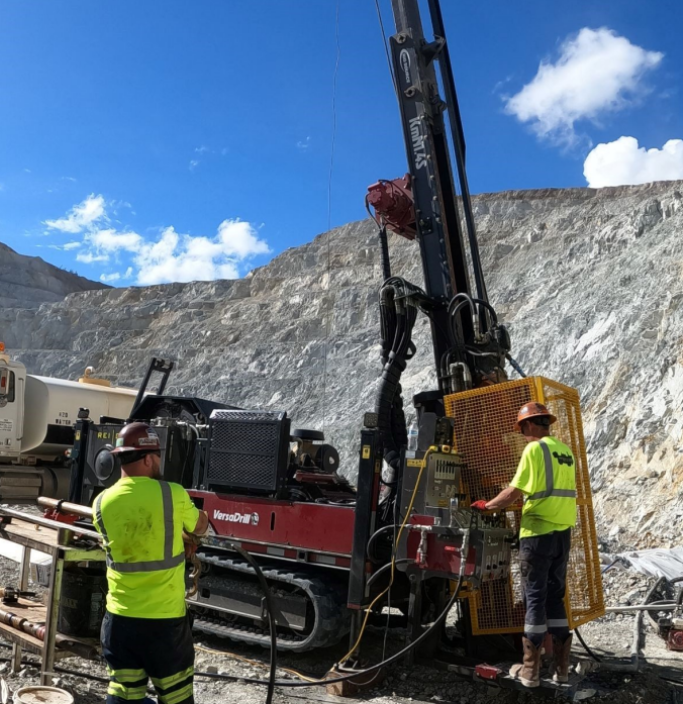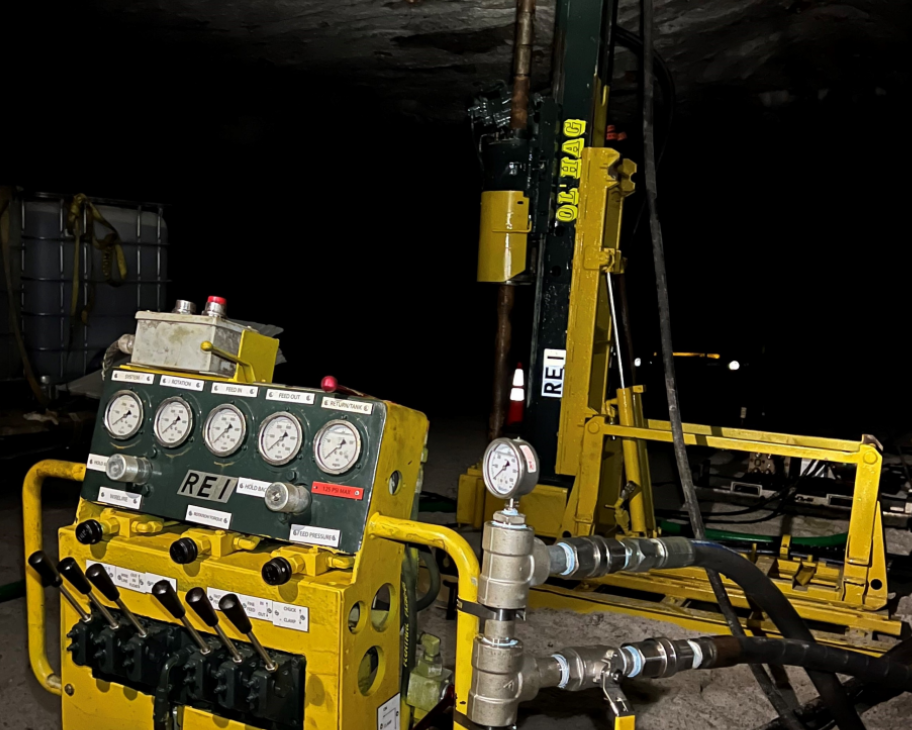Dewatering & Depressurization
Although horizontal directional drilling in the mining industry has been primarily focused on gas drainage, geologic exploration, and old works verification, it has been more and more frequently used to solve the problem of water. Excessive water is detrimental to mining operations, from a cost, safety, and environmental perspective. For example, water saturation has a direct impact on highwall stability at opencast mines, and acid mine drainage from abandoned legacy mining regions is a significant environmental concern. Water management has a major impact on the profitability of many mining operations across sectors, including coal, hard rock, and evaporites, so new more efficient water management systems, such as those provided by horizontal directional drilling may provide advantages over conventional systems. Directionally drilled boreholes provide the most significant benefits when pumping up vertical wells within the mine is avoided through the use of gravity drainage boreholes, or directional drilling allows for a borehole to be installed along a path that is not feasible using conventional methods, or directionally drilled boreholes displace water drainage entries used to support pipelines and pumps. Directional drilling applications for water management include (i) highwall dewatering in open cast mines, (ii) water transfer through underlying boreholes to other areas on the same mining horizon, (iii) drainage of overlying inundated old workings in advance of undermining, (iv) the development of grout shields to control water inflows, and (v) gravity drainage of acid mine water from inundated abandoned mines.
Underground Water Transfer
Download Case StudiesThe purpose of this hole is to connect two low points in the gateroad that are sperated by a local high point...
Proactive Dewatering
Download Case StudiesDirectional drilling has several key advantages over traditional non-directional drilling techniques when dewatering strata in advance of mining. Holes can be maintained within a targeted strata layer or steered to intercept water-bearing features at intentional angles that maximize hydraulic connectivity and drainage. In addition, sidetracking capabilities allow for maximum coverage from fewer borehole collars and setup locations. More novel applications include vertical well intercepts to drain water collected in horizontal laterals to a production well.
Overlying Workings
Download Case StudiesFor thinner interburden distances, MSHA safety regulations require draining of overlying mine workings prior to undermining. REI takes advantage of directional drilling from underground setup locations to install gravity drain boreholes, utilizing the mine’s existing infrastructure as well as preventing the need for surface drilling permits and developments. REI uses pressure tested casing and contained wellheads, including blowout preventers, to fully control water flows at all times.
Highwall Depressurization
Download Case StudiesDirectional drilling expands traditional highwall depressurization horizontal drilling capabilities by (1) allowing for longer boreholes, (2) steering to intercept water-bearing features at intentional angles that maximize hydraulic connectivity and drainage, and (3) installing sidetracks to increase coverage area. In addition, the increased design capabilities can allow for more alternative drill setup locations in safer highwall areas that are less intrusive of active mining operations. A more novel application includes vertical well intercepts to drain water collected in horizontal laterals to a production well, shifting the burden of water handling to outside the active mining pit and reducing concerns with freezing at the highwall in colder environments.
Acid Mine Drainage
Download Case StudiesWith the use of directionally drilled boreholes, REI can install effective grout curtains that shield your workings from high inflows. Boreholes may be placed in overlying or underlying strata, aligned with projected entries or tunnels, or steered to intercept water-bearing features. Single boreholes or multi-lateral boreholes may be developed to maximize coverage area and formation of a grout curtain. High pressure grout pumps are utilized to inject grout into formations through a sealed standpipe or through downhole packers.
